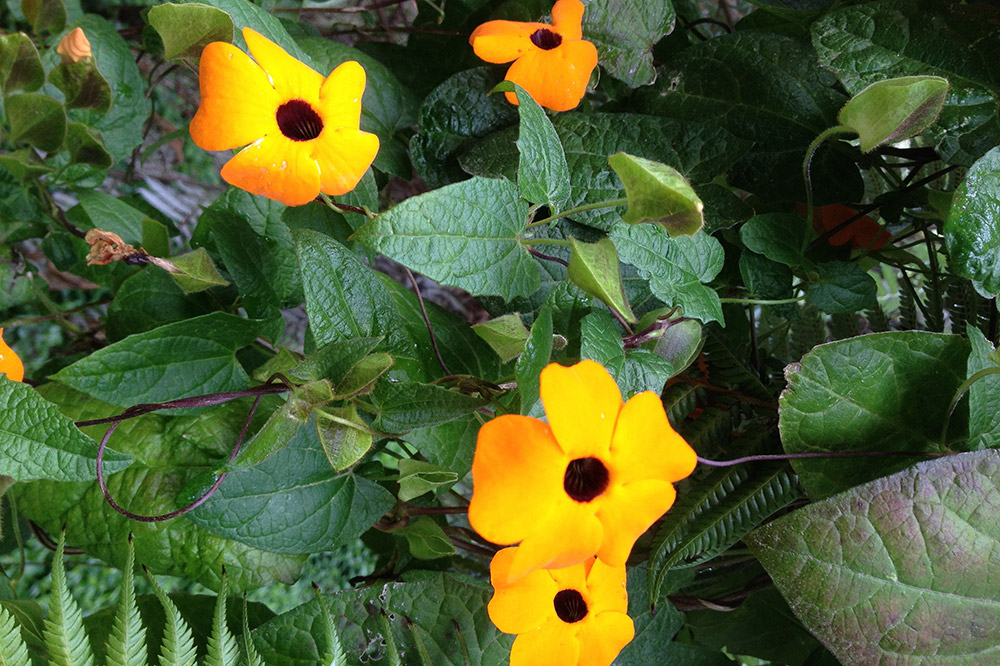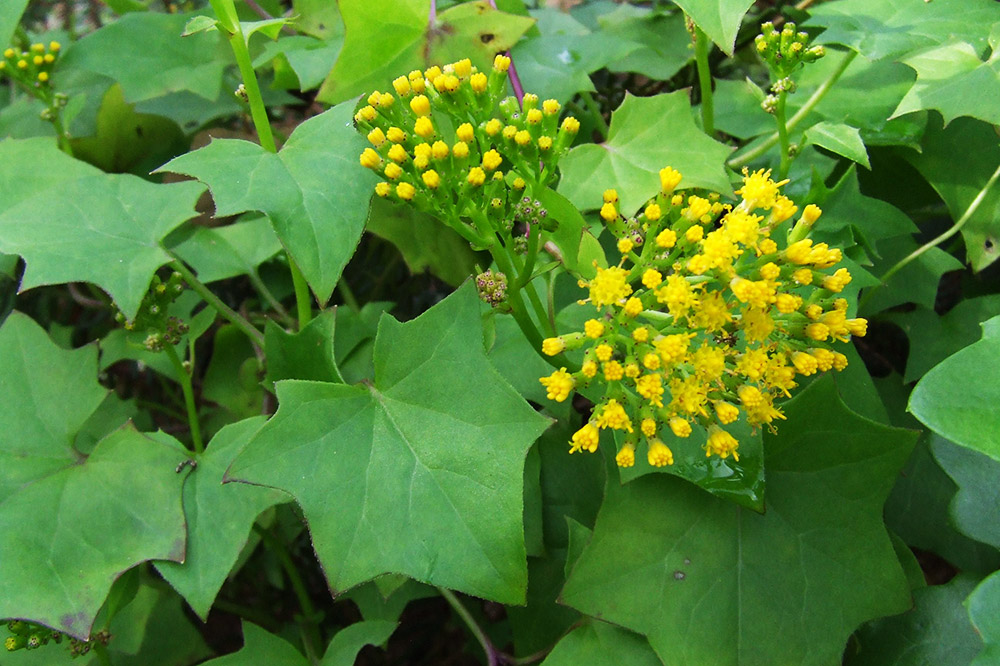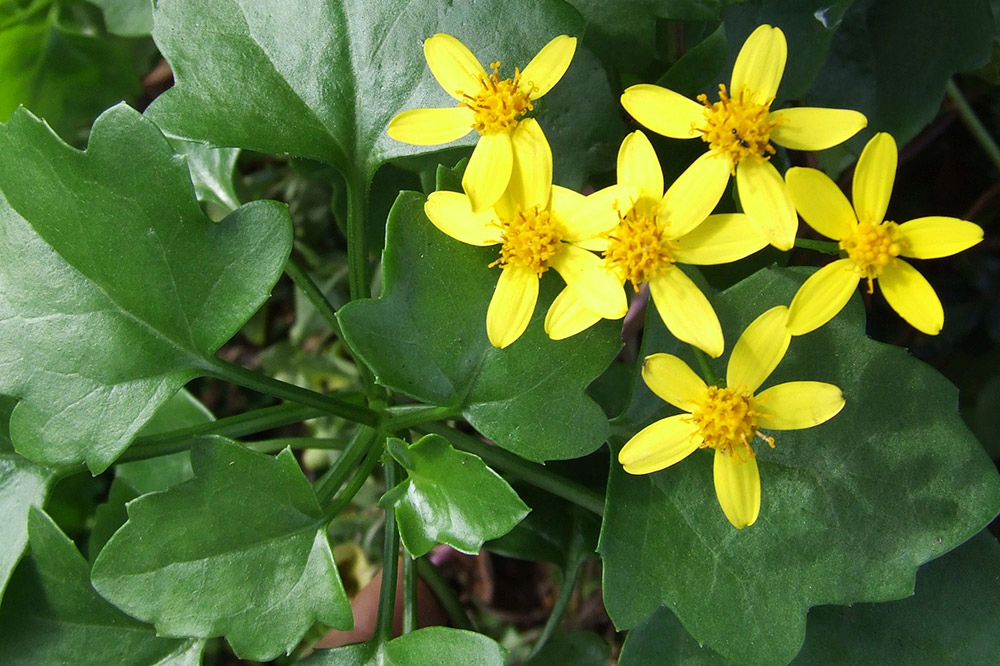Story
Colourful winter invaders
Article by: Sara Brill, Biosecurity Specialist – Pest Plant Partnerships.
A friend once said, ‘If it has yellow flowers, it's bound to be a weed’. And while this isn’t true in every case, there are a few pest plants here in Northland that live up to this saying.
One invasive weed to keep an eye on during the colder months is Black-eyed Susan (Thumbergia alata). Originating in East Africa, this climbing vine was first discovered 'going rogue' in New Zealand in 1989. Its explosive seed pods allow the plant to spread and quickly take over – smothering anything its path, including our native species (or your garden shed!). Although it adds a nice pop of colour to the garden, don't be fooled, this one is ruthless.
So how do you identify it? Black-eyed Susan has small, yellow or orange trumpet-shaped flowers, and a black centre. Its leaves are heart or arrow-shaped and fuzzy. It tends to be found in overgrown gardens, forest margins and on riversides.

Black-eyed Susan.
Other yellow-hued pest plants to watch out for are German ivy (Senecio mikanioides) and cape ivy (Senecio angulatus). Despite what their names suggest, neither of these plants are in the true ivy family (Araliaceae). They received these names because their leaves have an ivy-like shape. German ivy has thin, softer leaves, with clusters of yellow flowers. Cape ivy has thicker, more robust leaves and the flowers have ray petals that are more daisy-like. German ivy and cape ivy have wind-dispersed seeds that travel much further from the parent plant in strong winter and spring breezes.

German ivy.
As tempting as it may be to leave these plants to spread their colourful flowers, doing so could cause more harm than good. If not managed, pest plants can take over land that is productive or is of important ecological or cultural value, and upset the natural balance of plants, animals, and insects in Northland. So, if you spot one of these plants on your land, it’s best to get rid of it.
Small plants can be tackled manually by hand pulling or digging out the plants and disposing of the roots at a transfer station, burning them, or burying them deeply. If there’s too much to tackle manually, treating with herbicide is your best bet – check out our Pest Control Hub for more detailed information: www.nrc.govt.nz/pestcontrolhub

Cape ivy.
| Regardless of whether you remove plant pests manually or with herbicide, please make sure to gear up to protect yourself. If you choose to use herbicide, make sure to read the label thoroughly and follow all instructions and safety requirements. |
